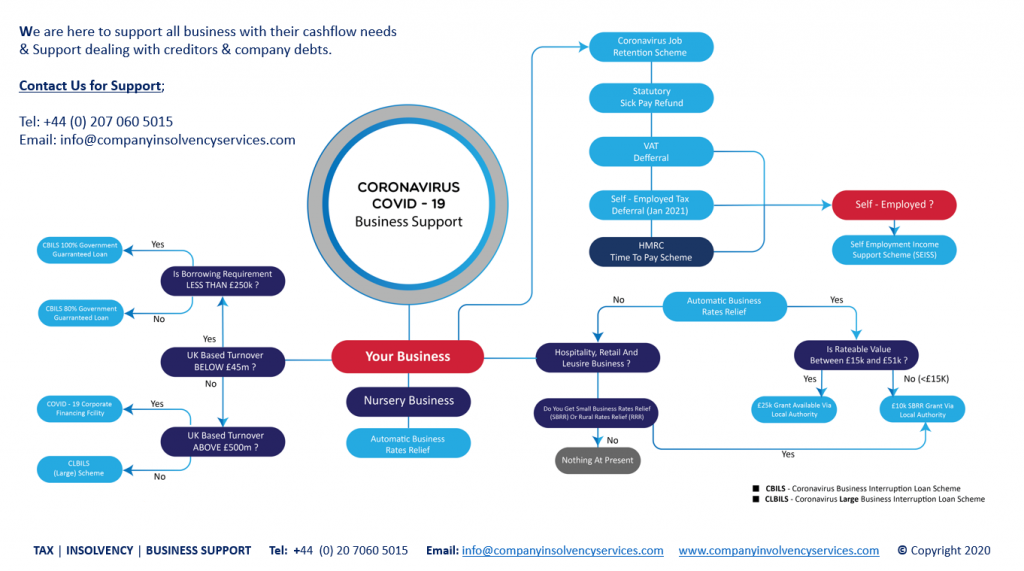So, many times, we do think Administration and Liquidation are posing the same meaning, whereas, they are two different thing entirely, we’ll be taking you through their differences step by step as you follow along.
Administration and liquidation are formal practices of insolvency (a state in which the company is unable to settle its debts). The main difference between administration and liquidation is that Administration is rescue tools that can help the business survive while a liquidation process is used to shut down the business by going out of business.
What is Administration?
It is a state of insolvency in which the company is unable to repay its creditors. thus, management tries to sell the company before it goes into liquidation. This can be done through a “pre-pack administrative sale”. This is like selling the company to a potential buyer or existing directors by forming a new company. If the directors have sufficient funds and are willing to buy the assets of the company, a pre-pack sale can be organized. The contracts, real estate and other assets of the insolvent business are transferred to a newly formed company during this process. Following an administration, the company continues to operate as a business without being made redundant.
The administration avoids a number of negative consequences such as job loss and negative publicity. However, since the business is already insolvent, it is often difficult to find a prospective buyer or the directors may also be unwilling to buy the business.
What is Liquidation?
Liquidation is a situation in which the company is unable to pay its creditors when they fall due and it is no longer able to continue operating. Here, the company will pay the creditors by selling the net assets of the company. Available tangible net assets can be sold at their fair value (the current estimated value at which the asset can be sold in the market) and funds can be generated. However, the main downside is that the company will not be able to earn additional funds for its goodwill, which is one of the most important intangibles. Goodwill is the reputation that adds to its overall value.
Once all creditors are settled in liquidation, the preferred shareholders will be reimbursed for their investment; following which common shareholders will be paid if any funds remain. The capital contributed by common shareholders is also called Venture capital because they are settled last.
Reasons for liquidation
- Lack of business vision and planning
Companies should always have clear strategic, financial and operational objectives. Without it, he cannot plan successfully for the future.
- Bad marketing
Businesses need to invest in marketing and sales forecasting like never before due to stiff competition. If this is not done correctly, the company’s products and services will quickly be forgotten by customers.
- Obsolete technology
Technologically advanced sales, marketing and distribution methods are very popular among businesses. To successfully face competition, society must engage in technology.
- Inadequate financial skills
Good financial knowledge and skills are required to operate for profit. If the variables that contribute to profit cannot be understood and managed properly, business continuity is at stake.
- Over or under negotiation
Overexploitation occurs when the company pursues aggressive growth to an extent that it cannot be facilitated by the resources and funds available. Inadequate control can lead to cash flow issues for terminals in fast-growing businesses. Nowadays, sub-commerce is more common with companies adopting a strategy of simply cutting costs to deal with their financial, operational and strategic issues in order to gain short-term profits.
- Careless or fraudulent staff
If staff, especially management, are negligent or try to meet personal goals without pursuing the interests of the company and shareholders, it can lead to liquidation. Additionally, some key personnel may attempt to signal that the business is doing well by manipulating financial accounts without revealing that the business is on the verge of insolvency. Major financial crimes such as Enron took place for this reason.
| What is the difference between Administration and Liquidation? | |
| Administration vs. Liquidation Administration is a takeover tool that helps an insolvent business survive. |
Liquidation is used to end the business by halting trading. |
Continuity |
|
| The company will continue to survive as a new business | The business will be terminated. |
Companies |
|
| Apple and General Motors are two major companies that have survived thanks to the administration. | Enron, Lehman Brothers and WorldCom are popular companies that have been liquidated, resulting in major financial loss. |
Summary – Administration vs. Liquidation
Once the company realizes that it is in an insolvency situation, Administration and Liquidation are the two options it can consider. The difference between administration and liquidation decides whether the business continues to exist or not. The possibility of an administration may not be an option for some companies if the destruction is in a much worse situation.



